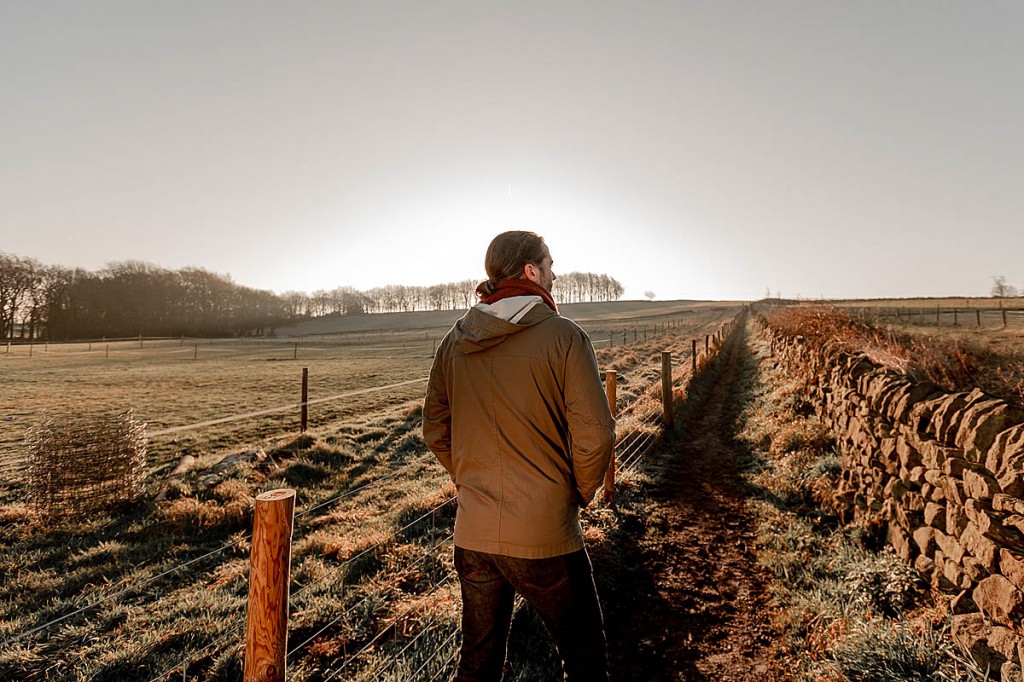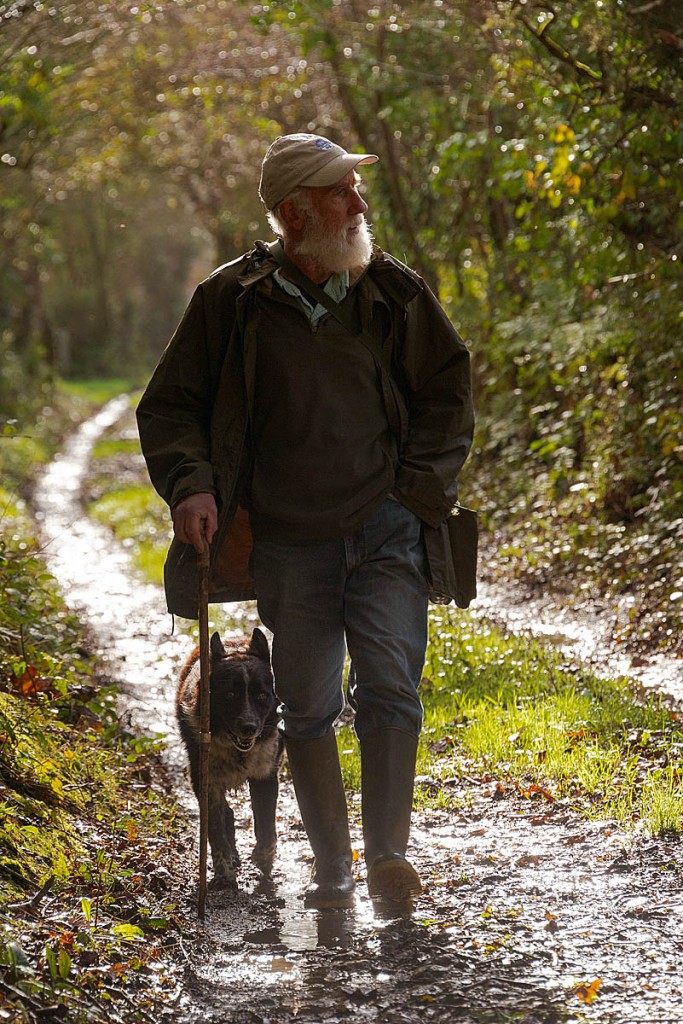The Ramblers have begun a quest to find an army of citizen geographers to find lost rights of way as a deadline approaches.
The campaigning charity’s Don’t Lose Your Way aims to map an estimated 10,000 miles of historic footpaths that need recording before a 2026 cut-off.
If the routes are not entered on definitive maps, they risk being lost to walkers. Lengths of rights of way equivalent to the distance between London and Sydney could be out of bounds to the public if they are not officially added to the maps.
The Ramblers said they are calling on walkers, historians and map enthusiasts everywhere to join the search, using the organisation’s new online mapping site.
“There are just six years until the Government cut-off date of 2026, when it will no longer be possible to add paths to the definitive map based on historic evidence, meaning our right to access them will not be protected for the future,” a Ramblers spokesperson said.
“The mapping project will give the Ramblers a true picture of the number of paths missing from the map, enabling them to prioritise those which should be researched and applied for ahead of the deadline.”
The National Parks and Access to the Countryside Act in 1949 required every council and local authority in England and Wales to create a definitive map of all rights of way in their area but the response was inconsistent, with many historic paths omitted.
A provision in the Countryside and Rights of Way 2000 means any routes not recorded by 1 January 2026 will be extinguished.
The Welsh government has agreed in principle that the deadline should be removed, but until the law is changed, the Ramblers said urgent work to claim these lost paths needs to continue.
The spokesperson said: “While some of the missing paths are still in use, others have become overgrown and unusable, but what they all have in common is that they did not make it on to the official definitive maps that councils were required to draw up in the 1950s.
“Many of these lost rights of way could make useful additions to the existing network, creating new circular walking routes or connecting people more easily to local green spaces, nature and the countryside.
“These historic paths are a vital part of our heritage, describing how people have travelled over the centuries, yet if they are not claimed by 2026, we risk losing them forever.”
The walkers’ charity pointed to one such example. The Markway is a path recorded on Milne’s county map of Hampshire from 1791, but now it ends abruptly in some undergrowth, a missing mile that doesn’t appear on the current OS map.
“Completely overgrown, you wouldn’t know it was there without the old map for comparison,” the spokesperson said. “When a Hurricane fighter base was built there during the Second World War, the path was temporarily blocked. That order was not rescinded until 1956 and by then it was too late; the last mile of the route had become overgrown and forgotten. The missing mile is a useful one though, as it links to other footpaths and thanks to a dedicated Ramblers volunteer, it has been registered to be added to the definitive map and will hopefully be used by generations of walkers to come.”
Jack Cornish, Ramblers Don’t Lose Your Way programme manager, said: “Our paths are one of our most precious assets.
“They connect us to our landscapes, ensuring we can explore our towns and cities on foot and enjoy walking in the countryside, and to our history and the people who formed them over the centuries. If we lose our paths, a little bit of our past goes with them. This is our only opportunity to save thousands of miles of rights of way and time is running out.
“Joining our group of citizen geographers is a really easy way to help and by doing so, you’ll become part of the movement that puts these paths back on the map for generations to come.”
The new Ramblers Don’t Lose Your Way online mapping site, developed with support of Ramblers Holidays Charitable Trust, divides the map into 150,000 one-kilometre squares and makes it easy to compare historic and current maps side-by-side. Users simply select a square, do a quick ‘spot the difference’, mark on any missing paths and click submit. It takes just a few minutes to check a square, the Ramblers said.
“Finding and mapping the paths is only the first step. Once all the lost rights of way are mapped, the Ramblers will be recruiting people to join a team of dedicated volunteers, researching historic evidence and submitting applications to local authorities ahead of the 2026 deadline, to get them restored to the map.
“The Ramblers is also calling on the Government to extend the deadline for registering historic paths by at least five years.”
Don’t Lose Your Way is also supported by players of People’s Postcode Lottery, which raises money for the Ramblers and other good causes.
Archaeologist and TV presenter Mary-Ann Ochota is backing the campaign. She said: “I feel healthier and happier when I’ve walked; it’s the perfect tonic for busy, modern life.
“But to do it I rely on paths. Many of those paths are routes with deep histories, telling the stories of how our ancestors travelled about the land – to market, to church, across their farms, or even pilgrims making the journey of a lifetime. The Ramblers Don’t Lose Your Way campaign to save those paths missing from the map is really important and we all need to get involved.”
Volunteer Bob Fraser has been leading the search for lost ways in Cornwall.
He has been a keen walker all his life and started investigating and making applications for lost paths six years ago. He said: “Most of my applications have been for paths I have used from time to time and would like to continue to do so, including one which I have used occasionally since I was eight years old.
“Some unrecorded paths are blocked and no longer useable and one application was the result of the threat to build a house across an old road. Some of the applications have been made as a result of the delight at discovering, while out walking, an unrecorded path that I had not been aware of. After a public inquiry, a government inspector recently reported that he believed that my first application path should be added to the map.
“It’s a great feeling to know that it will now be there for generations to come.”
Radio presenter and Ramblers president Stuart Maconie said: “Thanks to the efforts of organisations like the Ramblers, we have greater access to our landscape and countryside than ever before.
“But access is only meaningful if people can safely and satisfactorily enjoy the freedom of the open spaces. Public rights of way are our birthright and genuine national treasures. That is why the Ramblers Don’t Lose Your Way campaign is so important. We must find and record and walk these sometimes ancient ways and preserve and protect them and the spaces they open up for ourselves and generations of walkers to come.”
The Countryside and Rights of Way Act, which also introduced open access land for walkers, covers only England and Wales. Access in Scotland is governed by the Land Reform (Scotland) Act 2003. No such legislation exists in Northern Ireland, though there is a limited network of public rights of way and tolerance by landowners of access to certain open countryside.
Anyone interested in participating in the project can register online.

